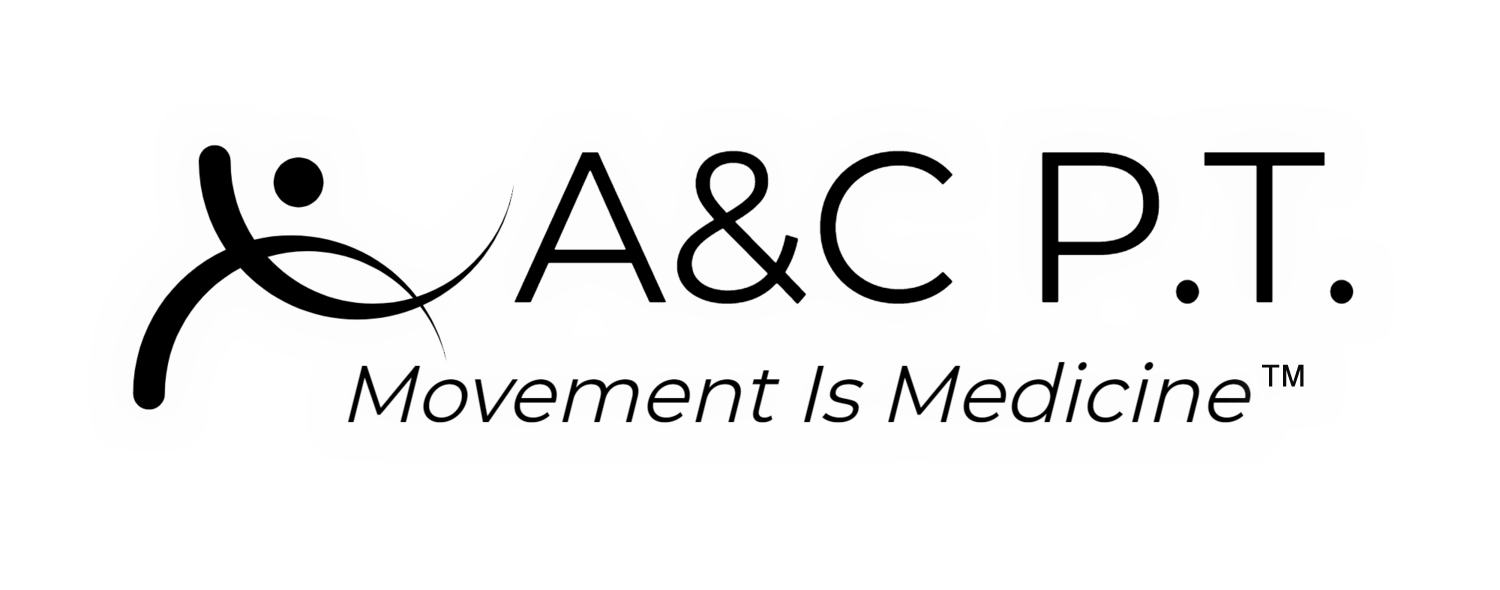Muscle energy techniques aim to enhance range of motion by targeting muscle contraction and progressive lengthening. Unlike regular static stretching, where you hold a position, such as touching your toes while standing to stretch your hamstrings, muscle energy techniques require the active participation of both the physical therapist and the patient. These techniques operate on the principle of reciprocal inhibition, meaning that by activating the opposing muscle, you can improve muscle length. For instance, if you have limited hamstring flexibility, contracting your quadriceps will lead to an increased range of motion in knee extension.
Research indicates that combining muscle energy techniques with other treatments, such as maitland joint mobilizations, TENS, specific exercises, interferential therapy, and trunk stabilization, can yield significant improvements in both acute and chronic low back pain. In one study, the combination of muscle energy techniques and maitland mobilization resulted in reduced low back pain and increased hip mobility after six treatments.
When using muscle energy techniques for the sacroiliac joint, it is crucial to assess whether the joint is in a posterior or anterior pelvic tilt. One technique for correcting the sacroiliac joint involves placing a foam roller between your legs. Hold the foam roller behind your knees on the side with anterior pelvic tilt and on the front portion of your opposite leg that’s in posterior pelvic tilt. Push down into the foam roller with the anterior pelvic tilt leg while simultaneously pulling up with the opposite leg. Hold this for 5 seconds and repeat 5 times. This technique can often provide significant relief within minites and reduce the feeling of uneasiness walking or lifting.

